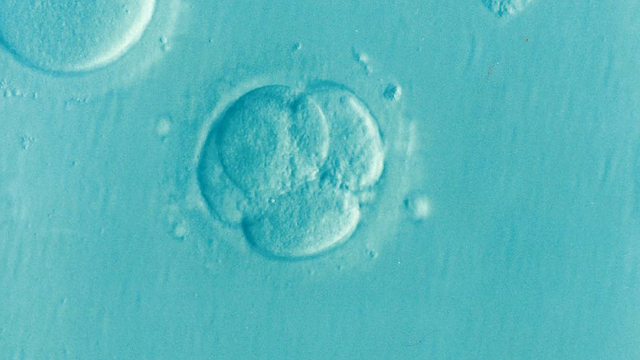Designer Babies Latest News: Swedish Biologist Edits DNA In Human Embryo For First Time Ever

A scientist in Sweden has successfully edited the DNA in a healthy human embryo for the first time. The scientist, Fredrik Lanner, hopes that his research will one day help us better understand the role genetics play in embryonic development, and could even be used to prevent certain diseases. However, some worry that this science could also have dangerous consequences and could be used to introduce faulty genes into the human genome which could create new diseases.
Lanner, a developmental biologist at Karolinska Institutet in Stockholm is the first researcher known to attempt to modify the genes of healthy human embryos using a genetic engineering tool called CRISPR-Cas9. He is initially planning only to study the modified embryos for the first seven days of their growth and will not let them develop past 14 days, NPR reported. During these first two weeks, Lanner plans to knock out a series of genes that he has identified through previous work as being crucial to normal embryonic development in the hope that this will help him learn more about which genes are involved with infertility.
In addition, the discovery theoretically could one day help scientists learn more about embryonic stem cells so they can be used to treat many diseases.
Not all in the medical field are equally excited with Lenner’s discovery, however. Some, such as Marcy Darnovsky, who heads watchdog group the Center for Genetics & Society, fear genetically modifying human embryos could do just as much harm as good.
"When you're editing the genes of human embryos, that means you're changing the genes of every cell in the bodies of every offspring, every future generation of that human being," Darnovsky told NPR. "So these are permanent and probably irreversible changes that we just don't know what they would mean."
At the moment however, this does not seem to be much of a danger, as producing actual genetically engineered babies is illegal in Sweden, and using human embryos for any type of research is illegal in the U.S. In addition, even Lanner agrees that much more research is needed before such an experiment could be attempted in order to ensure that the fears of Darnovsky do not become a reality.
Read More:
Designer Babies: The Truth Behind Preimplantation Genetic Diagnosis: Read Here
How Safe Are Designer Babies? Mitochondrial Replacement Technique Examined: Read Here



























